Ensuring the strength of every roof
March 27, 2025 at 9:00 p.m.By Benchmark.
Proactive inspections turn potential roof failures into success stories.
It’s the part of a roof most people never see — and often, the part that gets ignored. In the rush to meet production targets and lay down as many roofing squares as possible, critical steps like checking the structural integrity of wooden joists can fall by the wayside. But when that happens, what looks like progress from the ground can actually hide dangerous flaws overhead. A recent construction project shared by Benchmark showed just how costly — and risky — it can be when crews prioritize speed over scrutiny.
Observation:
During a project, an issue arose where the crew prioritized completing a high volume of roofing squares in a single day over conducting thorough inspections of the underlying substrate. Specifically, the wood decking was not consistently checked for structural integrity before proceeding with the roofing installation process. This oversight resulted in instances where crews laid down gypsum board over compromised wooden joists and proceeded to attach the roofing membrane. Such a rushed approach jeopardized the overall stability of the roof and posed significant risks.
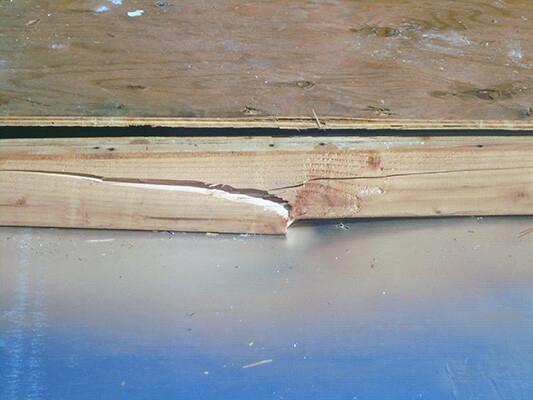
Solution:
To mitigate this issue, a structured inspection process was implemented as part of the Benchmark morning routine. Each day, suspect areas in the substrate were carefully identified and assessed. Inspectors physically tested the wood decking by applying pressure and evaluating the amount of “give” in the structure. If the substrate exhibited more flexibility than normal, it signaled the possibility of a broken joist beneath the surface.
Once these compromised areas were identified, the process of repair began. The existing decking in the affected zone was carefully removed to expose the damaged joists. Damaged joists were taken out and replaced with structurally sound materials, ensuring the integrity of the substrate. After the joists were replaced, new decking was installed. Finally, the layers of the roofing system — including the gypsum board and roofing membrane — were reapplied over the repaired area.
This inspection and repair practice became a routine occurrence on this specific project due to the frequency of broken joists discovered during the inspections. However, these proactive efforts were vital in ensuring a high-quality and dependable roofing system for the client.
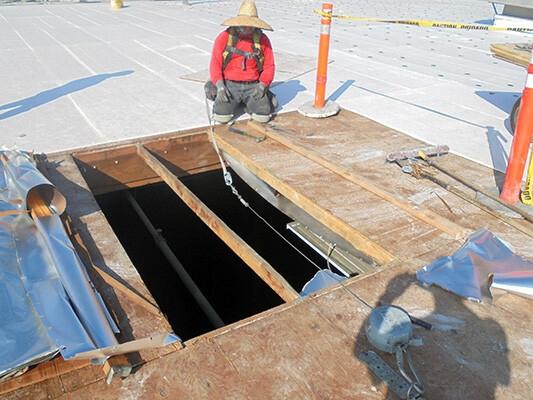
Potential Effect:
Failing to address the issue of broken wooden joists could have resulted in significant structural vulnerabilities for the client’s new roofing system. Two major risks were identified:
1 – Load-bearing capacity
The roofing system would not be adequately supported, severely limiting its ability to handle either dead loads (such as the weight of the roof itself and additional materials) or live loads (such as maintenance crews or snow accumulation). Without a secure substrate, areas of the roof could sag, causing long-term damage to the structure.
2 – Wind resistance
An unsound substrate, with insufficient attachment to the joists, would leave the roof susceptible to negative wind pressures and high winds. Over time, these forces could cause sections of the roofing membrane to lift or even tear off entirely. The integrity of the system could be compromised during severe weather events, increasing the risk of exposure for the valuable assets housed beneath the roof.
Through timely identification and correction, the risk of system failure was neutralized. The collaborative efforts contributed to a secure, reliable and long-lasting solution for the client’s asset. This adherence to quality ensured peace of mind for the client and exemplified Benchmark’s reputation for expertise and reliability.
Original article and photo source: Benchmark
Learn more about Benchmark in their Coffee Shop Directory or visit www.benchmark-inc.com.
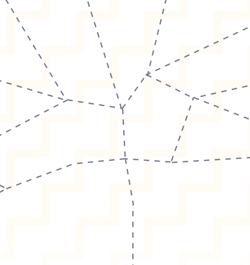










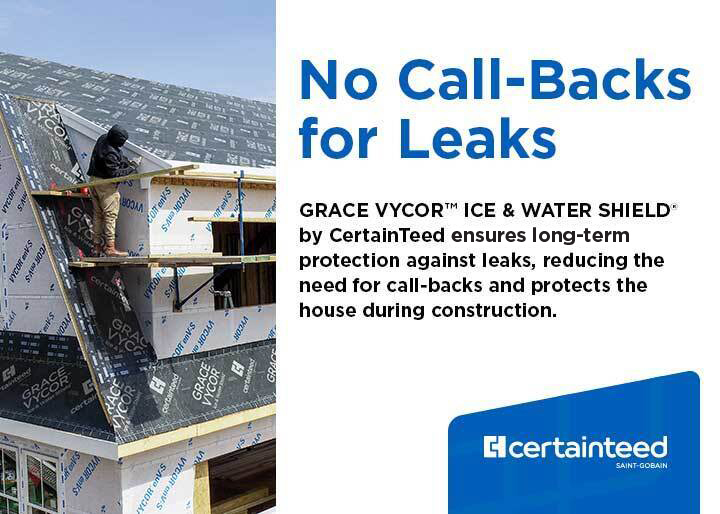

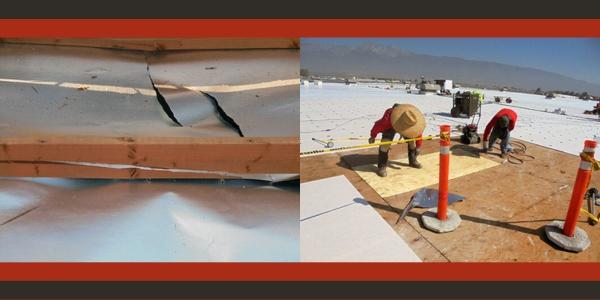
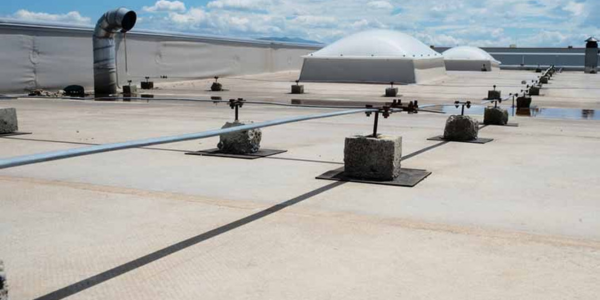









Comments
Leave a Reply
Have an account? Login to leave a comment!
Sign In